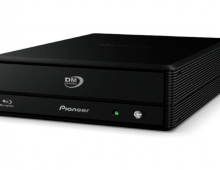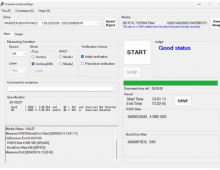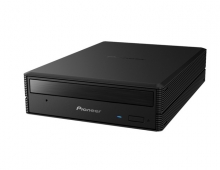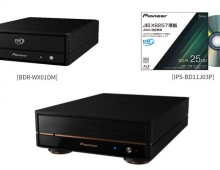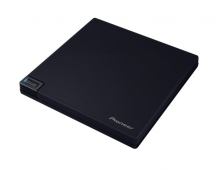DVD Technical Guide
2. Concepts and Structure of the DVD Format
Review Pages
2. Concepts and Structure of the DVD Format
3. The Future of DVD
4. Design Concept of the Physical Specification
5. Features of the DVD Physical Specification
6. The DVD Data Format
7. Read-Only Disc File Format
8. Video Format
9. Video Format - Page 2
10. Video Format - Page 3
11. Audio Format
12. Audio Format - Page 2
13. Audio Format - Page 3
14. Audio Format - Page 4
15. Audio Format - Page 5
16. DVD-R and DVD-RW
17. DVD-R and DVD-RW - Page 2
18. DVD-R and DVD-RW - Page 3
19. DVD-R and DVD-RW - Page 4
20. DVD-RAM
21. DVD-RAM - Page 2
22. DVD-RAM - Page 3
23. DVD-RAM - Page 4
1.2 Concepts and Structure of the DVD Format
A basic concept behind the DVD format is that, regardless of application, the physical format and file format should be common to all DVDs. (In the CD arena, formats differ between audio and data CDs.)
Structure of the DVD Format
The following table shows the relationship between the application format and the corresponding disc file format (as of 4/26/2001).

| * | See Chapter 3 for more information on the UDF Bridge file format |
| * | Video Recording is a real-time video recording format, which gives attention to editability |
Read-only DVD discs have the same logical and file format, regardless of application. These formats are defined by the DVD-ROM Book. Read-only discs for computer use fall into this category.
The video format for read-only discs is defined by the DVD-Video Book. Similarly, the audio format is defined by the DVD-Audio Book; however, this specification also includes a subset of the video format.
The DVD-R format is a write-once format. Because one application of DVD-R is to test read-only disc software in the authoring process, DVD-R uses the same UDF Bridge format as read-only discs. A key feature of DVD-R is that after it has been recorded, it has essentially the same characteristics as a read-only disc. There are two specifications which define the 4.7 GB DVD-R format: the DVD-R for General, and the DVD-R for Authoring, specifications.
There are two formats for rewritable discs, DVD-RAM and DVD-RW. DVD-RAM uses a physical format which is designed primarily for random access. For this reason, its format utilizes zone CAV with pre-addressing. DVD-RW, on the other hand, is an extension of DVD-R, and uses a physical format designed primarily for sequential recording. This format makes it easy to achieve physical compatibility between DVD-RW and read-only discs.
The Real-Time Video Format allows these rewritable discs to be used for real-time video recording without an authoring step, and allows editing after recording. This format is different than the video format for read-only discs, which assumes that the content will be edited before recording. All these rewritable disc formats incorporate copyright protection systems to prevent illegal copying.
The video specification was revised in December 2000, making it possible for the video format to be used with DVD-R for General and DVD-RW, as well as for ROM. This is an extension of the video format for use in consumer recording applications, and allows recording only of non-protected content. This application was specified for DVD-R for General and DVD-RW while preserving format compatibility with DVD-ROM, in both the file system and application levels. Further, a new recognition method was defined for distinguishing DVD-R or DVD-RW from DVD-ROM disc applications (DVD video discs). (Supporting playback of DVD-R / DVD-RW discs with this type of content is optional for manufacturers of DVD playback devices; there are DVD-Video players, DVD-ROM drive equipped PCs, and other DVD playback devices that do not play DVD-R or DVD-RW discs recorded in Video Mode.)
Application of this video specification to the DVD-RAM format is under consideration. (As of July 2001)
Review Pages
2. Concepts and Structure of the DVD Format
3. The Future of DVD
4. Design Concept of the Physical Specification
5. Features of the DVD Physical Specification
6. The DVD Data Format
7. Read-Only Disc File Format
8. Video Format
9. Video Format - Page 2
10. Video Format - Page 3
11. Audio Format
12. Audio Format - Page 2
13. Audio Format - Page 3
14. Audio Format - Page 4
15. Audio Format - Page 5
16. DVD-R and DVD-RW
17. DVD-R and DVD-RW - Page 2
18. DVD-R and DVD-RW - Page 3
19. DVD-R and DVD-RW - Page 4
20. DVD-RAM
21. DVD-RAM - Page 2
22. DVD-RAM - Page 3
23. DVD-RAM - Page 4

